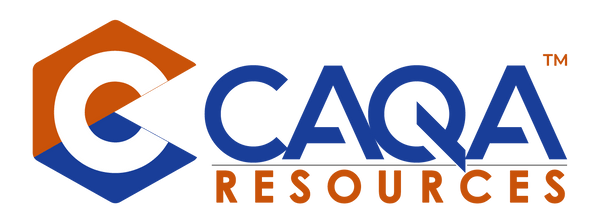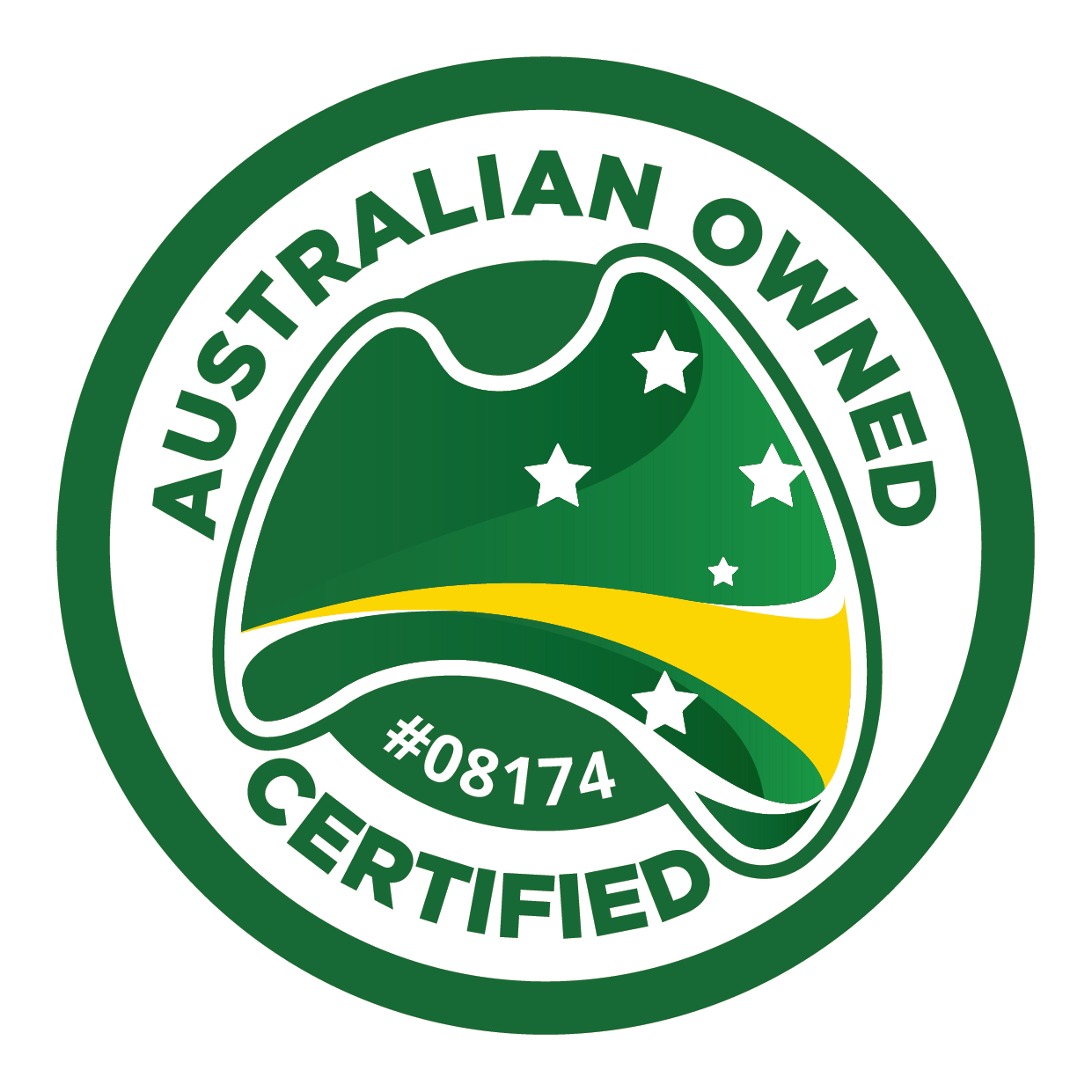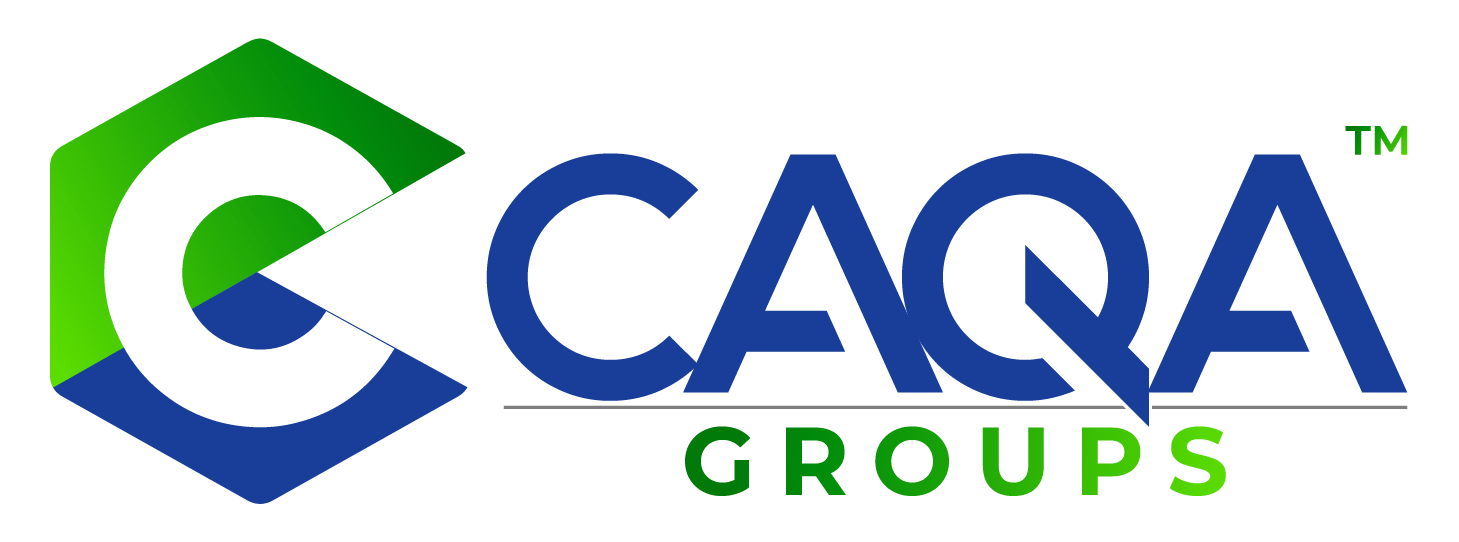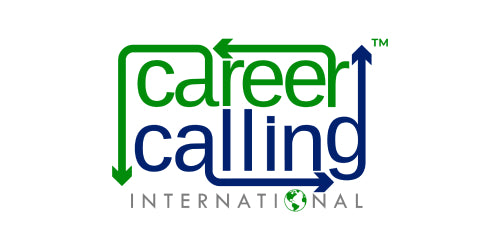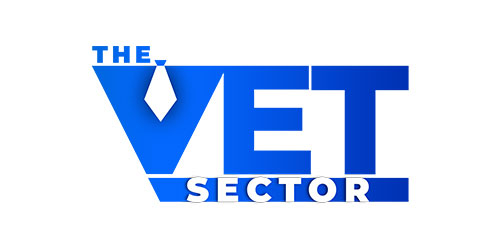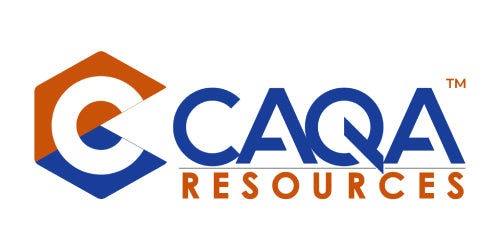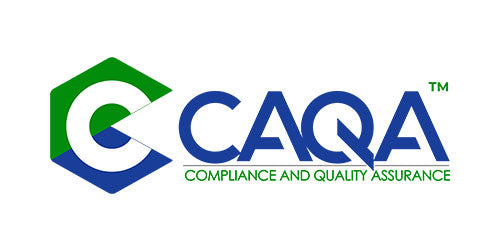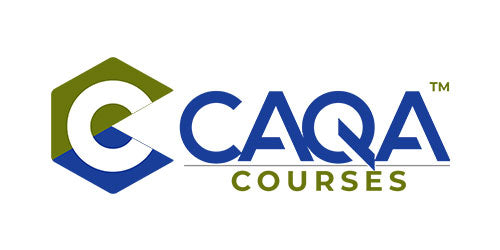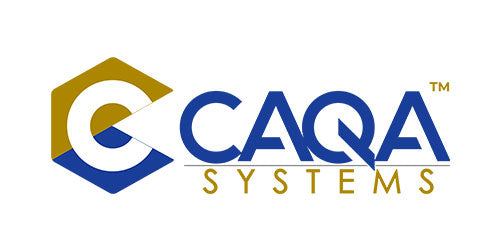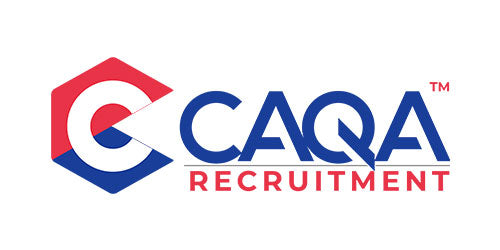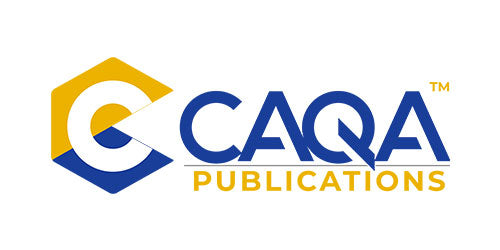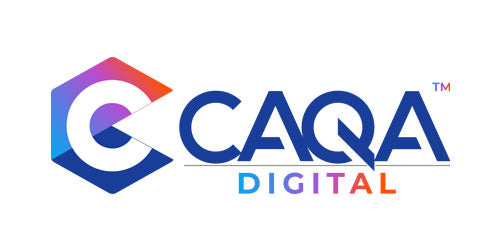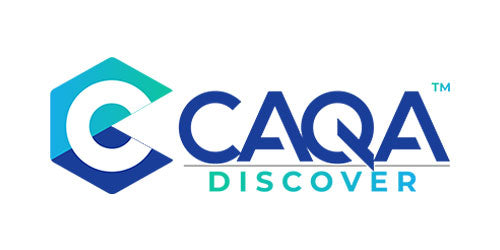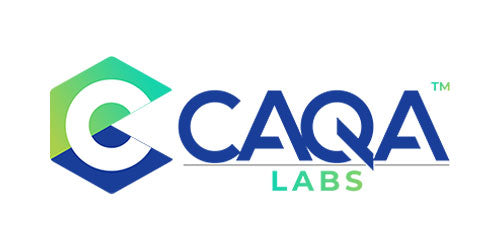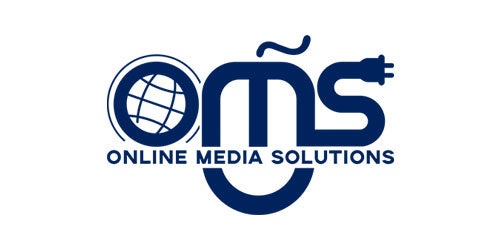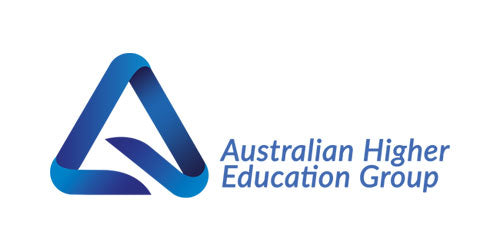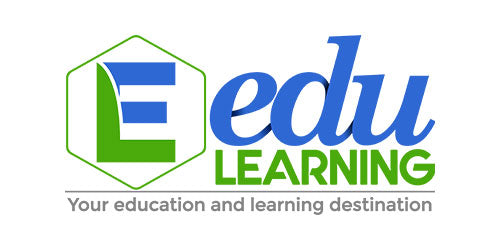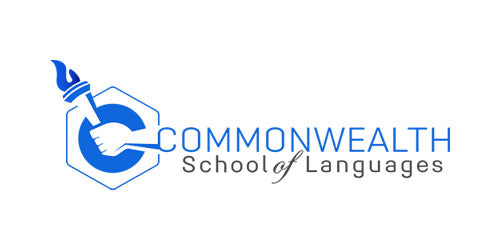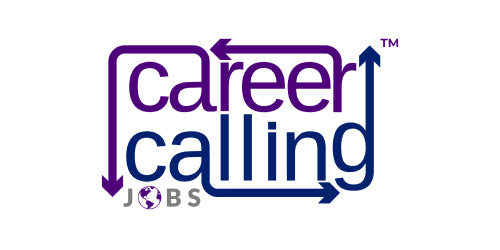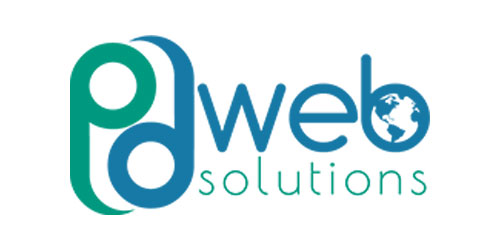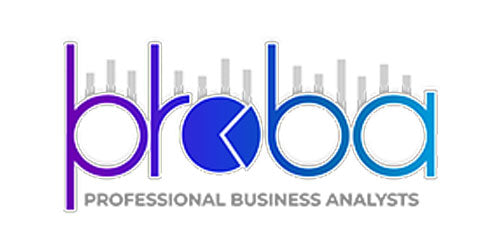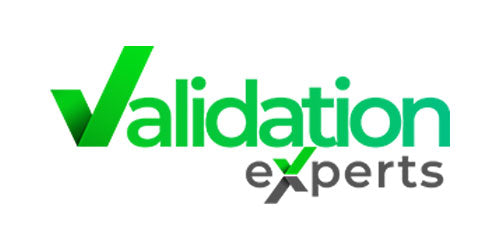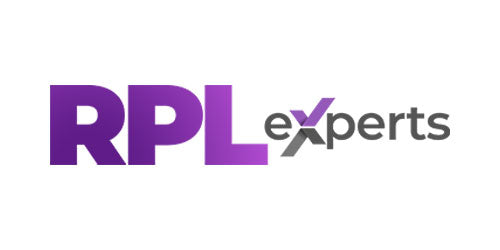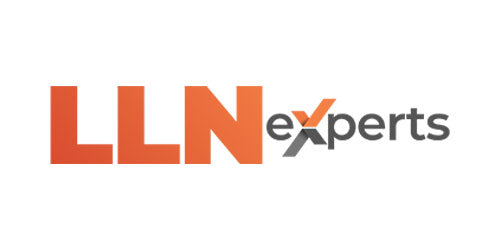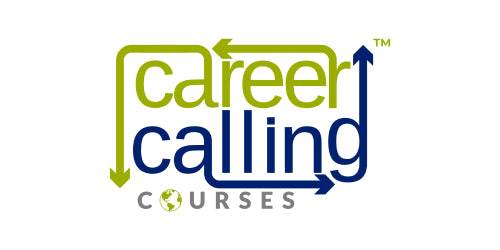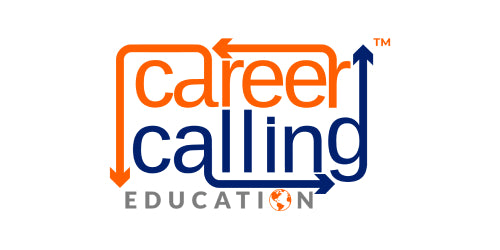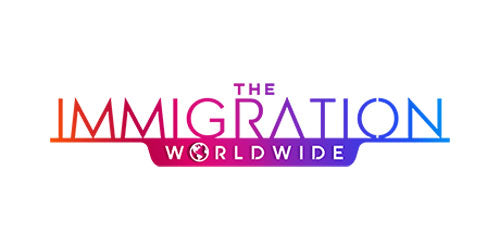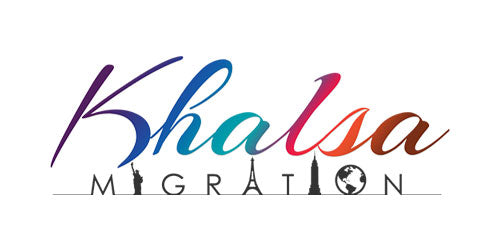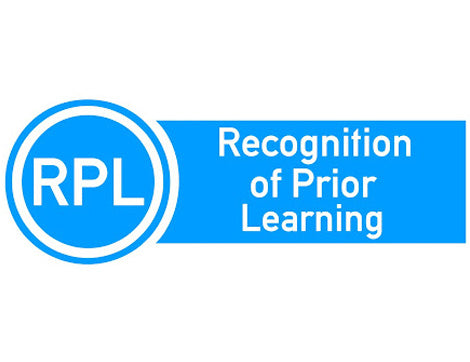
Comprehensive Guide to Writing a Robust RPL Assessment
Sukh SandhuIntroduction
Recognition of Prior Learning (RPL) assessments are a pivotal tool in acknowledging an individual's existing skills, knowledge, and experiences acquired outside the formal education and training environments. With the primary goal to identify and assess these previously gained competencies, an RPL assessment's success depends on its adherence to key principles and rules of evidence. Here we outline the essentials for constructing a valid, reliable, flexible, and fair RPL assessment.
Principles of Assessment
Fairness
The assessment must be equitable for all candidates, devoid of any form of bias. It should be designed to be inclusive, accommodating various learning styles and needs.
Flexibility
An ideal RPL assessment can be adapted to suit the unique circumstances of different candidates. This includes the candidate's prior experience, workplace context, and any specific needs they may have.
Validity
The assessment must measure what it claims to measure. Therefore, the questions, tasks, and evaluation criteria should be directly aligned with the targeted competencies or learning outcomes.
Reliability
The same results should be produced when the assessment is applied in the same manner in different contexts. Reliability is about consistency and accuracy over time and across different assessors and candidates.
Rules of Evidence
Valid Evidence
The evidence provided must directly relate to the specific competencies being assessed. It should be a true reflection of both the candidate's skills and the requirements of the qualification.
Sufficient Evidence
Enough evidence must be provided to demonstrate competency over a period of time and in different contexts. It should cover all the aspects and criteria defined for the targeted learning outcomes.
Current Evidence
The evidence should be up-to-date to prove that the candidate’s skills are current and applicable in today’s context.
Authentic Evidence
The evidence must be the candidate's own work. Measures should be taken to ensure its authenticity.
Key Components of a Robust RPL Assessment by CAQA
Self-Check Questionnaire Booklet
Candidates should start with a self-check questionnaire to identify their existing skills and experiences. This helps them as well as the assessor to gauge the candidate's suitability for the RPL process and identify any gaps in knowledge.
Competency Conversation Booklet
This part involves an in-depth dialogue between the assessor and the candidate. The assessor will ask targeted questions related to the competencies under evaluation, and the candidate’s responses will be part of the assessment evidence.
Demonstrations and Practical Observations Booklet
Practical tasks allow the assessor to see the candidates put their skills into action. This could be in a simulated environment or, if possible, in the candidate's actual workplace.
Third-Party Booklet
This component collects corroborative evidence from third parties familiar with the candidate's skills and experiences, such as supervisors, colleagues, or clients.
RPL Assessor Copy with Benchmarking Responses
The assessor should have a detailed mapping document that correlates each piece of evidence with the specific competencies or learning outcomes it is meant to demonstrate.
Comprehensive Mapping Document to the Training Product
This document ensures that the RPL assessment is aligned with the training product and its associated qualification criteria. It serves as a validation check for the assessor.
Qualities of a Competent Assessor
It's crucial for the assessor to have the relevant expertise in the domain being assessed, and a strong understanding of the principles of assessment and rules of evidence. An assessor's role is not just to evaluate but to ensure the integrity of the entire process.
Conclusion
Writing an RPL assessment is not merely about checking boxes; it's about establishing a rigorous, evidence-based process that validates an individual's competencies. By following the principles of assessment and rules of evidence, you create a robust RPL assessment that is fair, flexible, valid, and reliable.
FAQs
1. What does 'fairness' in assessment mean?
Fairness implies that the assessment is equitable and free from bias.
2. What is meant by 'sufficient evidence'?
It means enough evidence must be provided to cover all aspects and criteria of the targeted learning outcomes.
3. How can an assessor ensure 'authenticity' in evidence?
Measures such as interviews, direct observations, and third-party reports can validate the authenticity of the evidence provided.
4. Can I adapt the RPL assessment for different candidates?
Yes, flexibility is one of the key principles of assessment, and the RPL process should be adapted to suit each candidate’s unique context.
5. Where can I find more resources for creating an RPL assessment?
CAQA Resources have a vast array of RPL kits available. For samples, you can email info@caqa.com.au.
By diligently adhering to these guidelines and practices, you ensure not only the credibility of your RPL assessments but also uphold the standards of the qualifications they represent.


